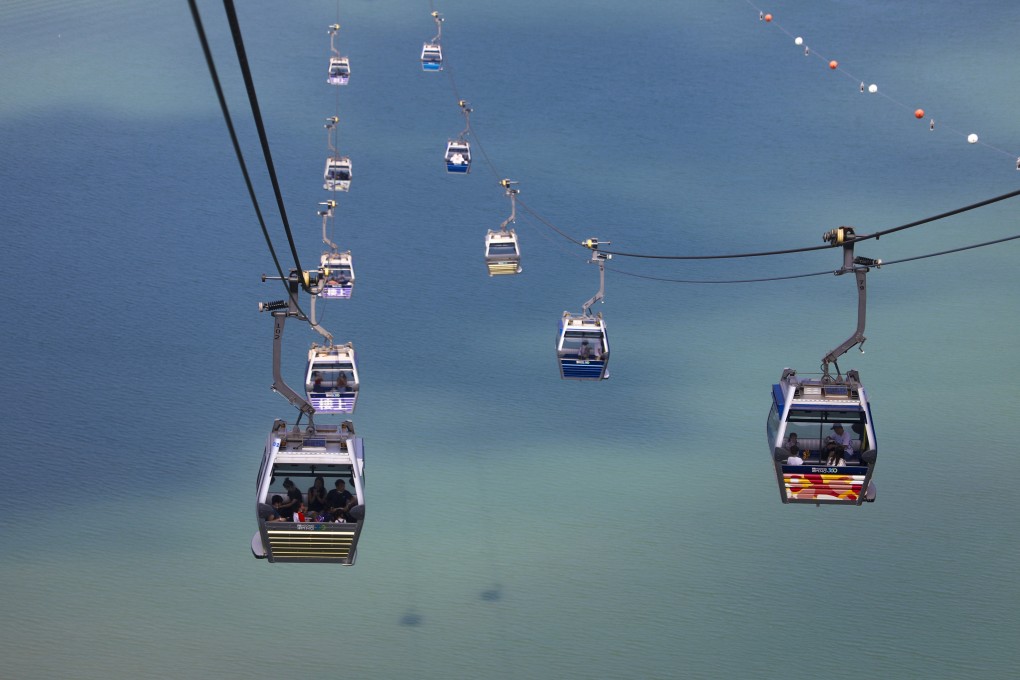Hong Kong’s popular Ngong Ping 360 cable car attraction on way up, ex-director says as it climbs out of coronavirus slump
- Company says it expects service will be restored to 2018 record levels this year as visitors from mainland China and rest of Asia return
- Former managing director Andy Lau says firm has invested HK$10 million in 10 more transparent ‘crystal cabins’ to take number to 20

Andy Lau Wai-ming, who left the company as managing director earlier this month for parent firm the MTR Corporation and a role as general manager (designated) – commercial, said the recovery was led by a strong return of visitors from mainland China and the rest of Asia in recent months.
He said the numbers of long-haul air travellers, who accounted for nearly 50 per cent of the pre-pandemic 2019 level figures last year, would take some time to get back to normal.
“One good thing about the Asia market is its peak times are spread out thoroughly throughout the year,” he said in an exclusive interview with the Post. “This is important not just to the company, but to Hong Kong’s tourism.”

The 6km (3.7 mile) cable car system connects Tung Chung with Ngong Ping on Lantau Island, the site of the Big Buddha, which also has views over the South China Sea, the massive Hong Kong-Zhuhai-Macau Bridge, the airport and North Lantau Country Park.